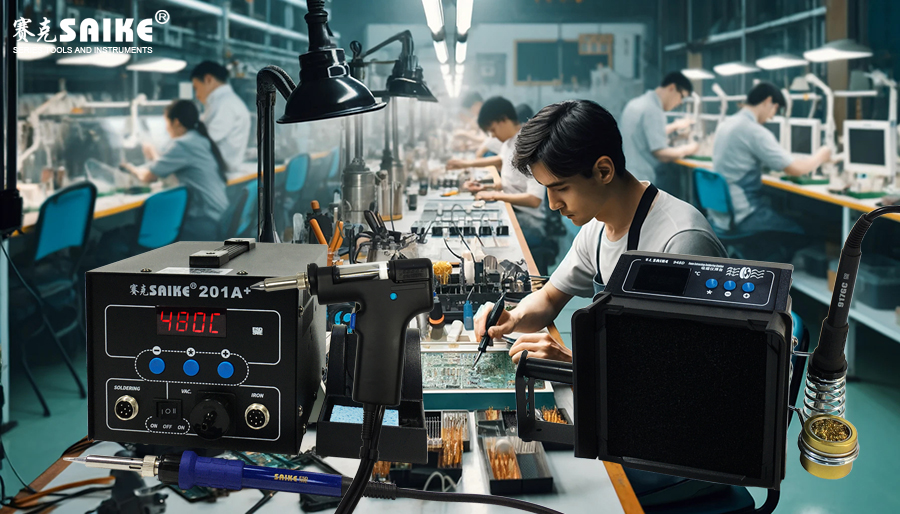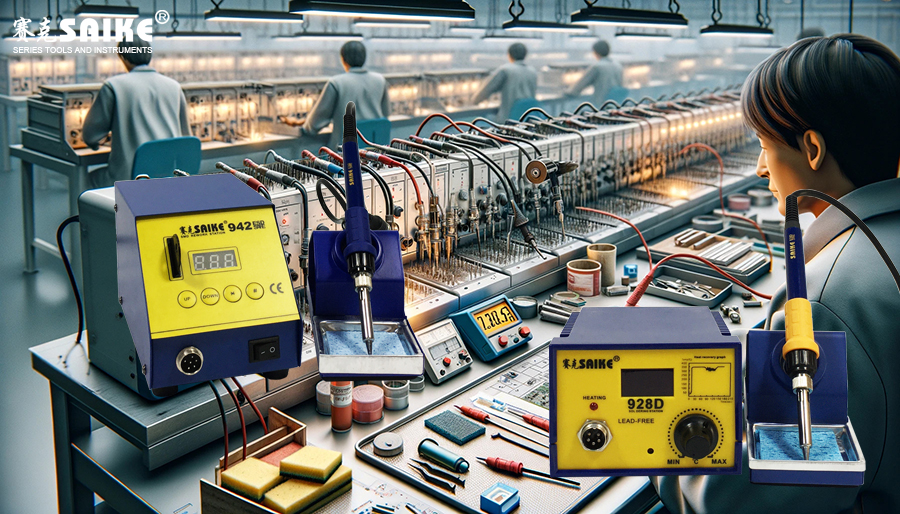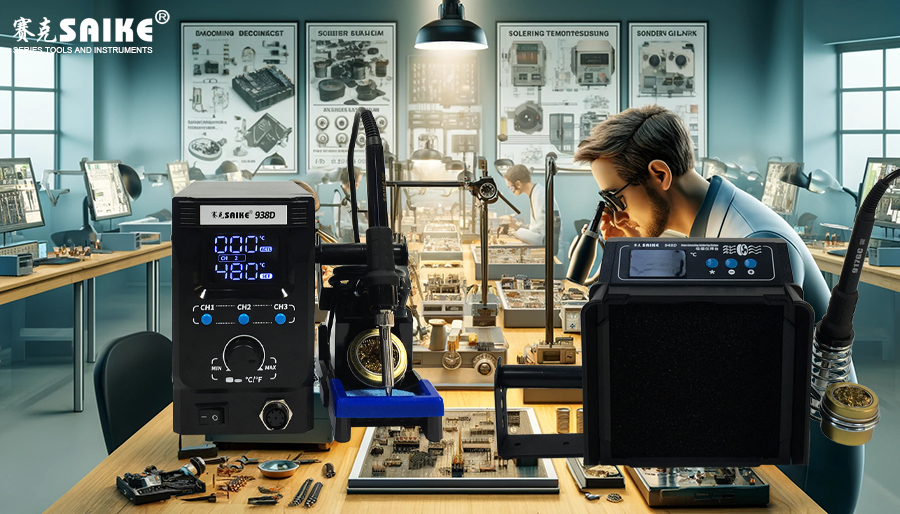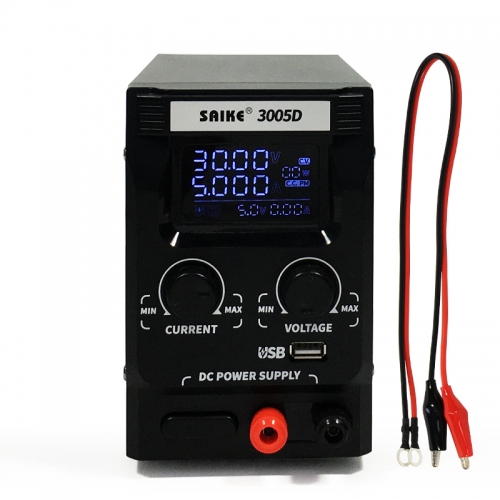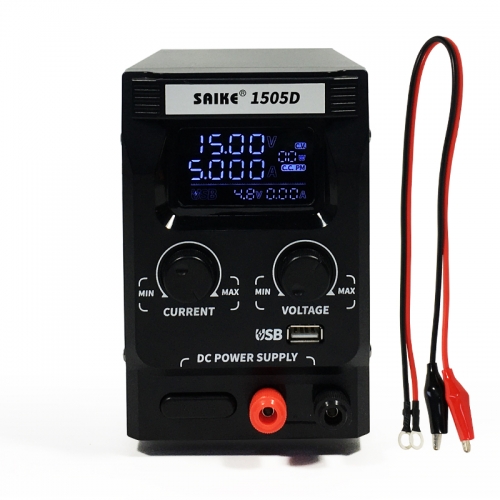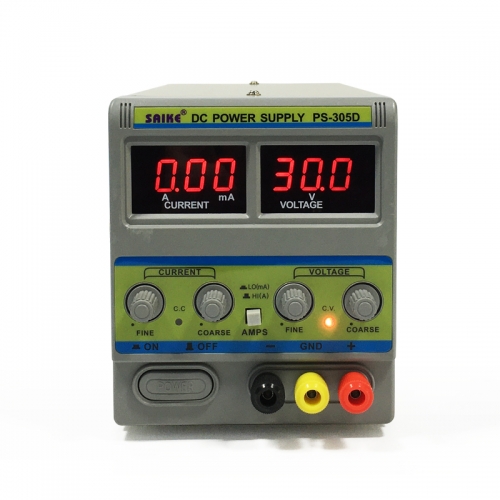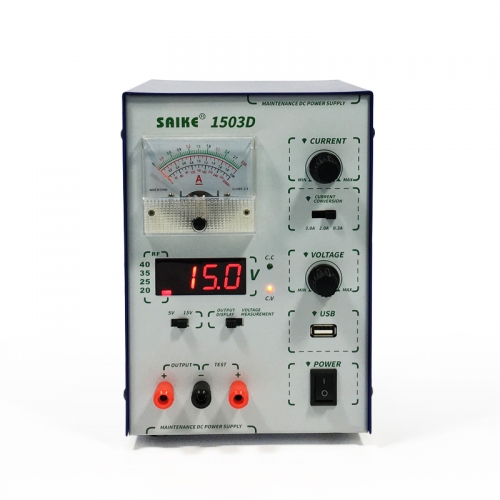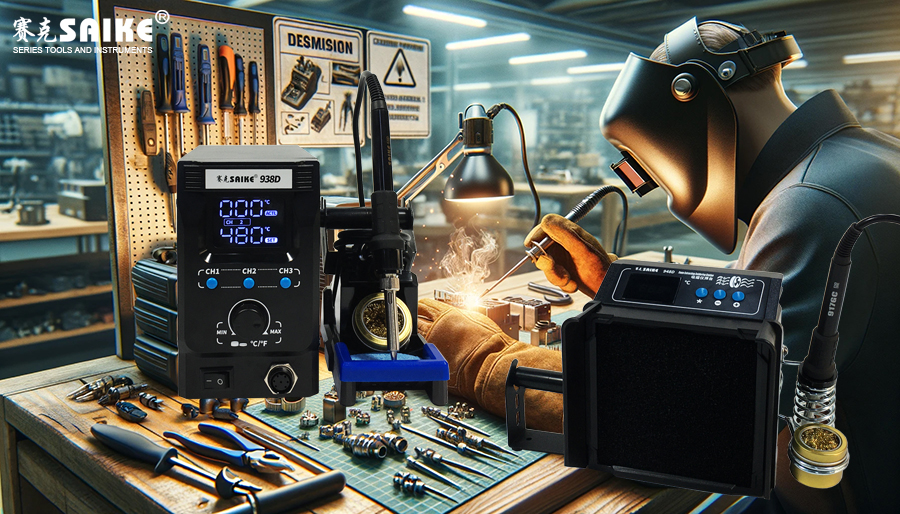
Although welding is a common technical task, it involves multiple potential health and safety risks. To protect the safety of operators, it is crucial to select and use appropriate personal protective equipment (PPE). This article will introduce the selection and use of PPE for welding stations in detail, helping welders effectively reduce risks and ensure safe production.
I. Eye Protection
Selecting Glasses:
- Protective glasses: Protective glasses are essential as high temperatures and sparks generated during welding can splash into the eyes. Choose glasses that meet the ANSI Z87.1 safety standard to ensure they can withstand high-speed particle impacts.
- UV-proof glasses: If UV rays are produced during welding (e.g., when using high-intensity welding equipment), select glasses that can prevent UV damage.
Usage Notes:
- Ensure the protective glasses fit comfortably and do not obstruct vision.
- Regularly check the integrity of the protective glasses and replace them immediately if damaged.
II. Hand Protection
Selecting Gloves:
- Heat-resistant gloves: Choose heat-resistant gloves that can withstand high temperatures and sparks. Welding gloves are usually made of leather or other fire-resistant materials, providing protection against heat, cuts, and abrasions.
- Flexibility: While ensuring protection, the gloves should also provide sufficient flexibility for manipulating welding tools and materials.
Usage Notes:
- Keep gloves dry to avoid heat-related injuries caused by damp gloves.
- Replace gloves regularly, especially when they become stiff, cracked, or otherwise damaged.
III. Respiratory Protection
Selecting Respiratory Protection:
- Dust masks: Welding can produce smoke and harmful gases. In poorly ventilated environments, use N95 or higher-grade dust masks.
- Gas masks: For long-term welding or welding in confined spaces, use a gas mask with appropriate filters to filter harmful chemicals and smoke.
Usage Notes:
- Regularly check and replace filters to ensure effective protection.
- Ensure the mask fits properly before use to prevent harmful substances from leaking in.
- Skin and Body Protection
Selecting Protective Clothing:
- Flame-retardant clothing: Wearing flame-retardant clothing prevents sparks and heat from directly contacting the skin. The clothing should cover most of the body, including arms and legs.
- Welding apron: For additional protection, wearing a welding apron provides extra protection during heavy welding tasks.
Usage Notes:
- Keep protective clothing clean and intact, regularly checking for any damage or wear.
IV. Foot Protection
Selecting Protective Shoes:
- Safety shoes: Choose safety shoes with steel toes and puncture-resistant soles to prevent injuries from heavy or sharp objects that may fall during welding.
- Heat-resistant shoes: Ensure the shoe material is heat-resistant to prevent burns caused by sparks or hot metal fragments.
Usage Notes:
- Ensure the shoes fit comfortably and avoid discomfort caused by wearing them for extended periods.
V. Conclusion
Selecting and using the correct PPE is crucial for ensuring safe welding operations at welding stations. Operators must understand and follow safety regulations while ensuring the quality and integrity of all protective equipment to minimize occupational health risks. Through comprehensive management and appropriate protective measures, welders can be effectively protected from potential hazards during welding operations.

